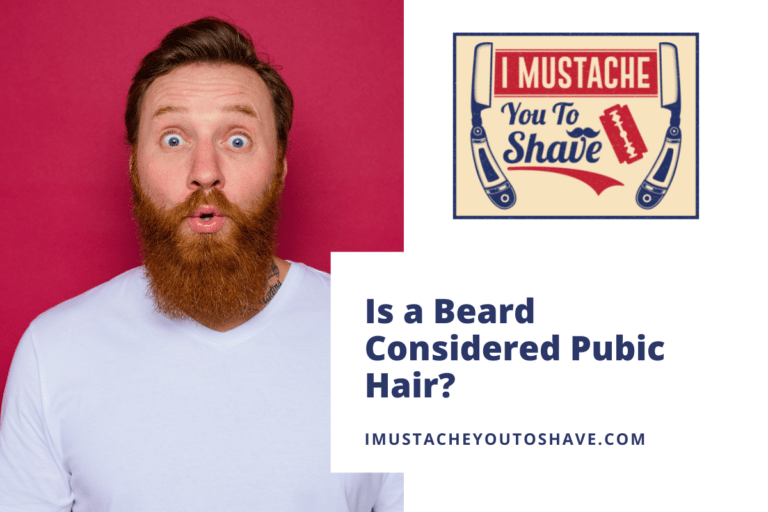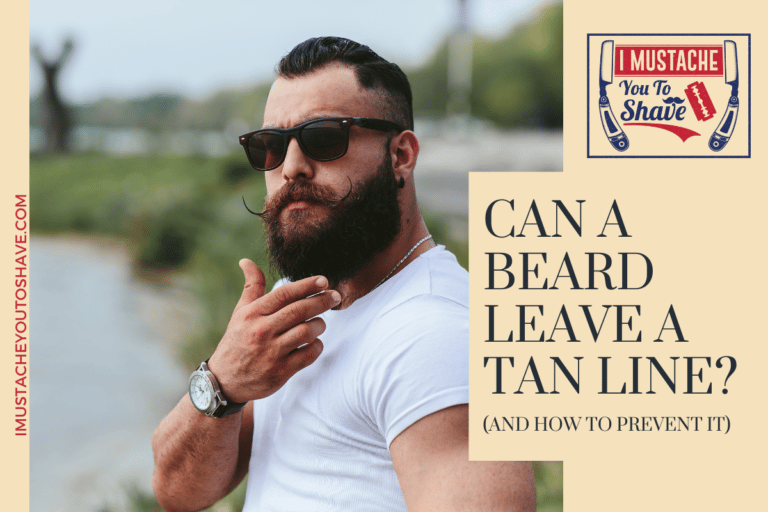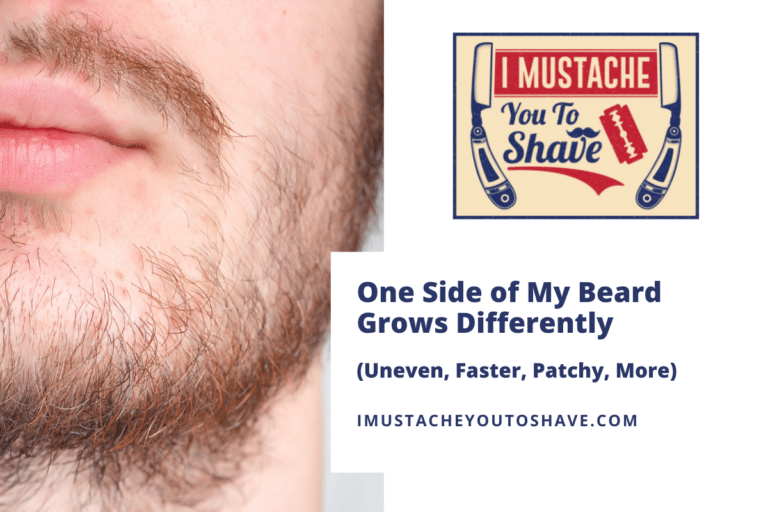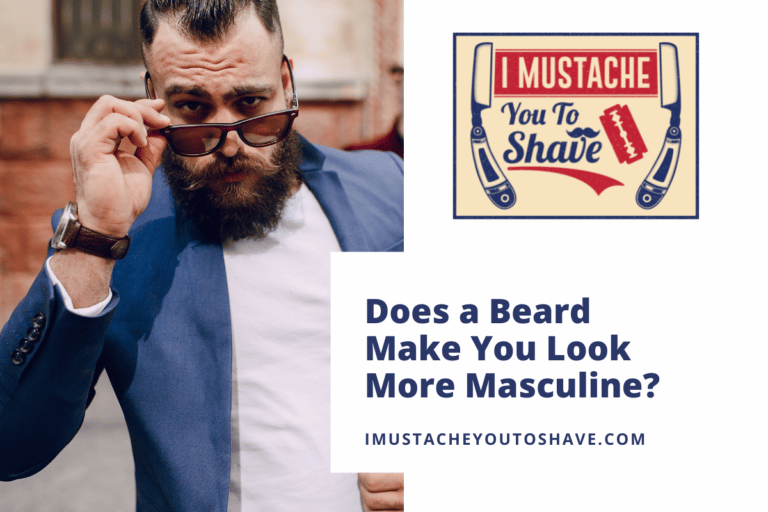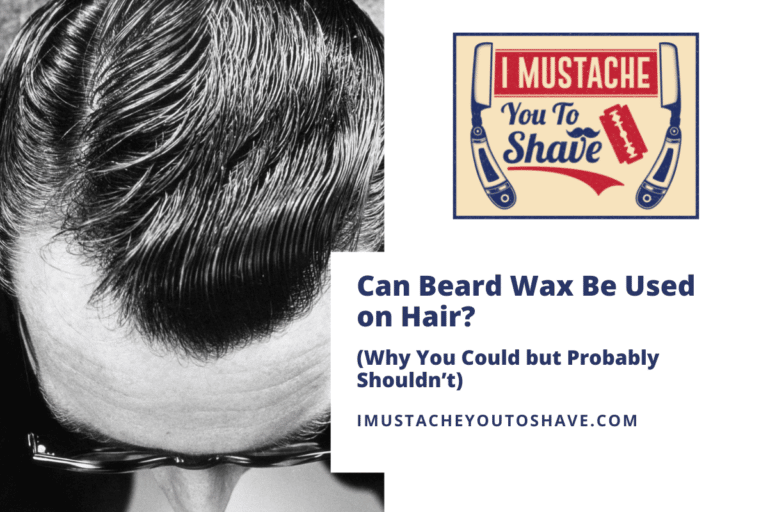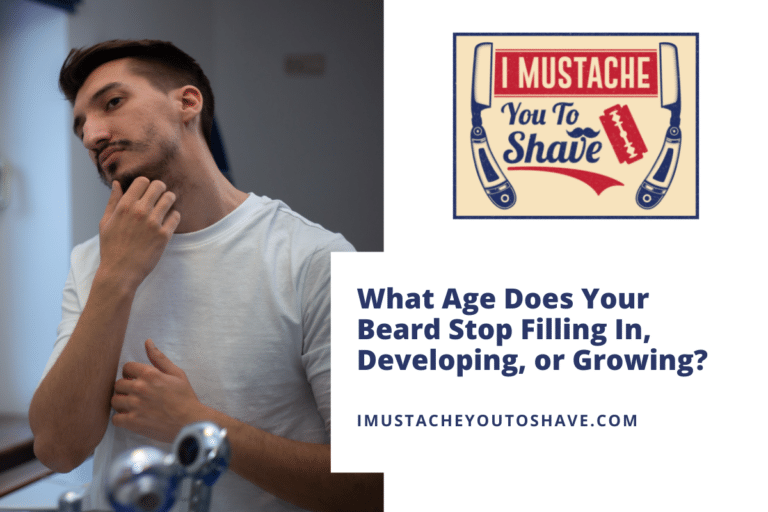Are Beard Brushes or Combs Worth It? (Or Even Necessary?)
Growing a beard takes lots of patience, but are all the tools you see advertised really necessary? What’s the deal with beard brushes and combs? Should you buy one? Both? Are they just a gimmick?
Beard brushes and combs are worth it because they help clean, nourish, and style your beard through all growing stages. A beard brush is ideal for new growth and short beards, while a comb is perfect for mustaches and longer beards.
Read on to learn why beard brushes and combs are necessary!
Is a beard brush or comb important?
While both beard brushes and combs are useful, your beard stage and beard goals determine when to use each tool. A good brush should be your first purchase, then a comb can be added as your beard grows.
A beard brush or comb is an important addition to your beard grooming kit. Beard brushes stimulate hair follicles, distribute products and natural oils, and can redirect hair growth. Beard combs are great for detangling longer beards and styling.
Brushing helps to stimulate your hair follicles and exfoliate the skin. These steps are important when you are first growing out your beard. Once your beard sees some length, a comb helps detangle unruly hair and is perfect to add individual style.
Eventually adding both to your dop kit is a smart choice. There are situations where one tool is more suited than the other. However, a beard brush is recommended for new growth, so it should be purchased first if you are choosing between them.
Does combing your beard make it grow faster?
Using a beard comb isn’t going to add inches to your beard overnight, but it can aid in hair growth.
While combing your beard doesn’t directly cause your hair to grow faster, it can encourage healthy hair growth. If you have a longer beard, combing out tangles and styling wayward hairs can make your beard look longer and fuller.
Genetics and hormones are the biggest determiners of facial hair growth speed. However, healthy blood vessels are essential for healthy hair follicles. Stimulating the skin with a comb’s teeth or brush’s bristles and gently pulling the whiskers as you stroke through your beard can rev up blood flow.
Longer beards can look shorter than they are if they are full of tangles. A comb loosens the hair and trains it to grow downward. This action gives the illusion of a longer, fuller beard.
Does brushing your beard make it softer?
Whiskers get a reputation for feeling coarse and wiry. Adding beard brushing to your maintenance routine can soften them up.
Brushing your beard can make it softer because brushing distributes natural oils throughout your beard. It can also distribute beard-softening products like balms, butters, and beard oils.
Your skin produces sebum which is great for your beard. The trick is getting the sebum off your skin and into your beard. Brushes to the rescue! The stiff natural bristles lightly exfoliate your skin, reducing the chance of clogged pores and keeping both your skin and beard in healthy condition.
If your skin oils aren’t maximizing beard softness, adding beard-softening products may be the answer. A beard brush can distribute these products evenly from the hair shaft to the ends.
Beard brushes vs beard combs
A beard brush and a beard comb both have advantages, so how do you pick one? Well, you don’t have to pick. Add them both! Each tool has its own unique set of uses and benefits.
Beard brushes are perfect for short beards because the firm bristles evenly distribute oils and remove dirt, dust, and food. Beard combs are perfect for longer beards because the teeth detangle and style unruly hair.
Beard brushes glide easily over a short beard. The firm bristles move oils and products along the strands while exfoliating the skin. Brushes also keep the beard free from unwanted invaders like dirt and food crumbs. They are best designed for dry hair. Boar, badger, or high-quality synthetic bristles are recommended.
This article on beard brushes will help you decide which type is best for you.
Beard combs do many of the same things brushes do but are more suited for longer beards. Once you achieve three months of growth, the bulkiness of a brush will make it difficult to get close to the skin. A thin comb easily penetrates the hair while the teeth remove tangles. Combs also help you achieve styling precision and can be used on wet or dry hair.
At the end of the day, choosing between a brush or comb comes down to preferences, beard type, and beard goals.
When should you start combing or brushing your beard?
Just like you reach for a wrench or a hammer depending on the home maintenance job, the same goes for a beard brush and comb. They are different tools with different uses.
You should start brushing your beard from the very beginning of growth. You should start combing your beard once it grows long enough to become tangled or scraggly.
As soon as whiskers begin to emerge, it’s time to break out the brush. This can be just a few days into your beard journey. Facial hair grows about ½ inch per month so once you have two or three inches of growth, it’s time to incorporate the comb.
When should you use a beard brush?
For the first several months, your beard brush should be used every day. Once your beard gets longer and a comb is introduced, you can still use a brush periodically.
You should use a beard brush to stimulate the blood vessels and lightly exfoliate the skin promoting healthy, unclogged hair follicles. Brushing as the beard grows helps train the hair to grow out straight reducing the chance of ingrown hairs. Brushing will also clean your beard of dry contaminants and help you apply beard products.
Using a beard brush once a day for the first few months of beard growth preps your face and keeps your hair growing in the right direction. A quick brush after a bonfire or big meal will rid it of any ash or leftover crumbs. Brushing is an excellent way to moisturize your whiskers with beard oil.
How to use a beard brush
Whether you are using a beard brush or comb there are some cardinal rules to remember.
When using a beard brush or comb, you should:
- Brush from top to bottom
- Apply light pressure
- Move slowly
- Do it with style
Let’s look at each of these steps in detail.
Brush from top to bottom
Start at the root end of your facial hair and brush downward.
This motion distributes sebum or beard oil and helps the hair lay flat. If brushing the underside of your beard, start under the chin and go upward.
Apply light pressure
You want the brush bristles to touch the skin. This light pressure helps stimulate and exfoliate. It will also feel good for itchy skin when your beard is first growing in.
Think of it as a massage or dry brushing session for your face.
Move slowly
Once your beard grows out, you want to avoid pulling or breaking off your hair.
Take your time and move the brush or comb slowly through your whiskers.
If you hit a snag, work it out slowly.
Do it with style
Styling your beard is easy when you have the right tools.
Brushes can help you achieve a simple, natural look while a comb can help you shape your way to a well-defined style.
What to look for in a beard comb
Beard combs aren’t all created equally. A cheap comb likely uses cheap materials. A well-made comb doesn’t have to cost a fortune.
Good quality beard combs should have:
- Long widely-spaced teeth
- Long closely-spaced teeth
- Anti-static material
- Solid construction
Knowing what to look for will guide your cost-benefit analysis.
Fun fact: Norse warriors fashioned combs out of deer antlers. They were vital accessories and were often clipped onto the belt right beside the sword. Combs kept their long tresses free of dirt and critters.
Is a beard comb better than a regular comb?
Is it ok to use my plastic hair comb to comb my beard? It’s possible but not ideal.
A beard comb is better than a regular comb because of the construction materials and versatility. Beard combs are often constructed out of wood, horn, or cellulose material to reduce static electricity and breakage. Many beard combs are designed with varied teeth spacing to meet all of your grooming needs.
Combs made for your scalp hair are often made of plastic or metal. Plastic can generate static electricity which will make your beard look unruly. Metal combs can snag hair easily. For these reasons, most true beard combs are made from wood, animal horns, or a special celluloid material.
Many beard combs have two sets of teeth. These teeth, or tines, are typically longer than those on regular combs. One set is widely spaced to flow through hair easily loosening knots along the way. The other set is closely spaced to concentrate on detailed beard styling or mustache combing.


